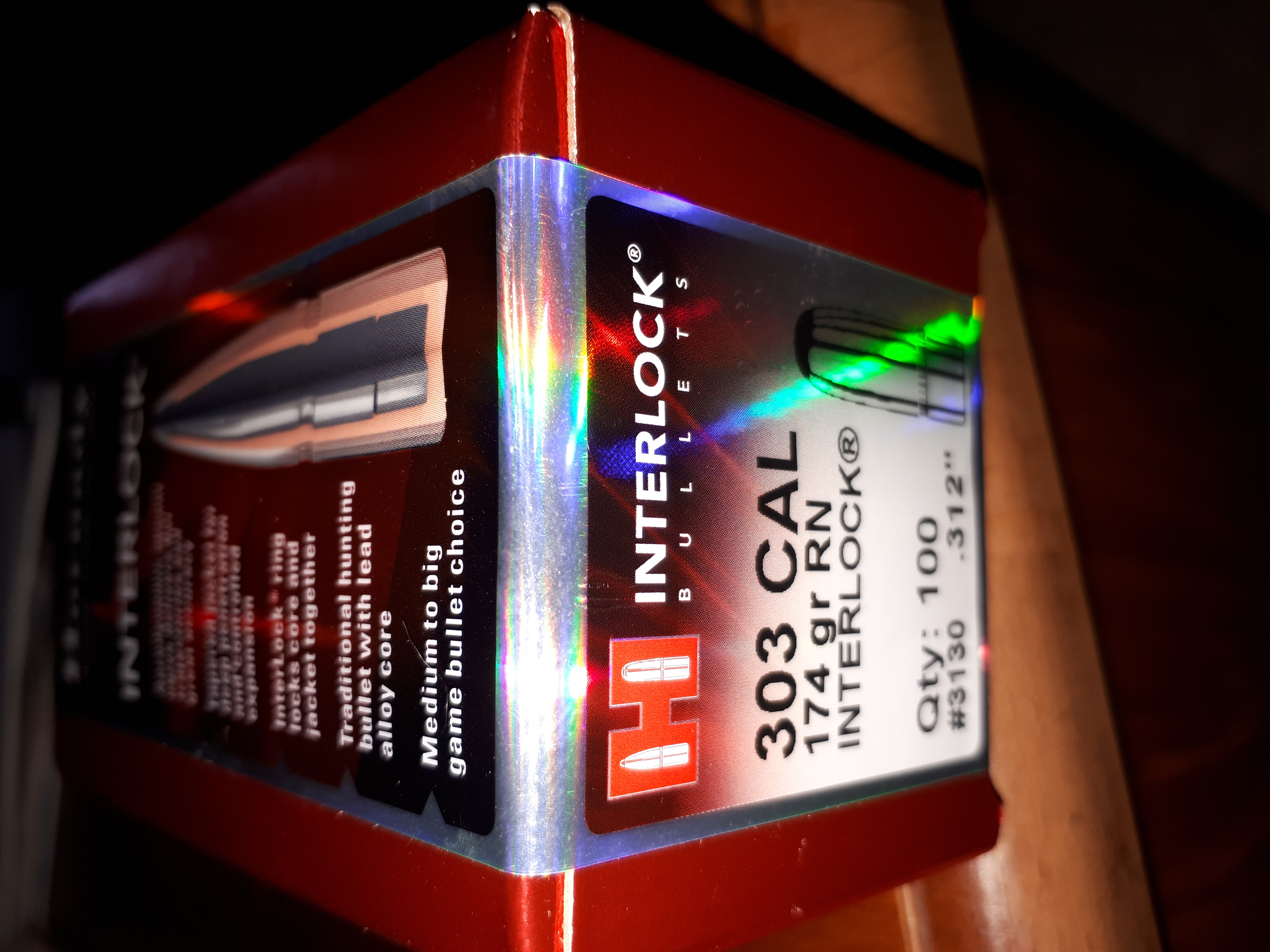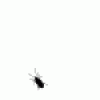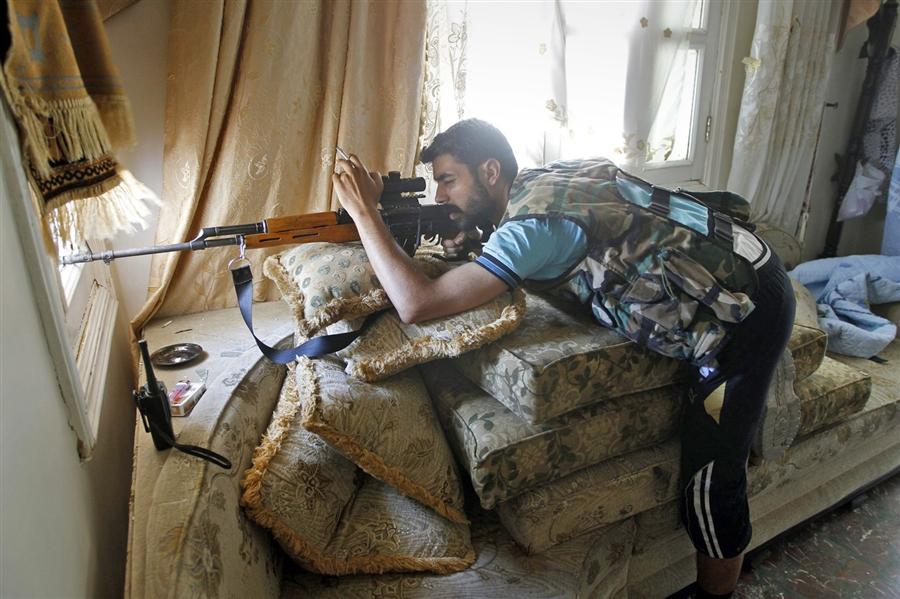@Marty Henry yup looking at the next packet being flat based, preferably the 312 diameter as well and maybe even the heavier ones above 174 grains.
Not much of the old military stuff around so factory stuff it will probably be. I do have a lee load all wack a mole loader that I can have a little play with to get it better. I have been putting that off as I struggle with the patience for full on testing but it may come to that. Front aint bedded-only done the pillars.
@shooternz yup know that. Remember the horror stories back when I was a lad in the 80's and there were still a fair few 303s around. I doubt very much I'll be playing with old war stuff unless I jag a big batch. With my luck that aint happening.
Barrel already been shortened previously and did it again myself and recrowned it on the recommendations of my gunsmith from the gun club who reblued it and did the bases for me.
Welcome guest, is this your first visit? Create Account now to join.
Welcome to the NZ Hunting and Shooting Forums.
Search Forums
User Tag List
+ Reply to Thread
Results 16 to 30 of 57
Thread: 303 group-bad bedding?
-
01-10-2018, 05:04 PM #16Member

- Join Date
- Jan 2018
- Location
- kaiapoi
- Posts
- 7,373
-
-
01-10-2018, 05:33 PM #17Member

- Join Date
- Dec 2013
- Location
- Tokoroa
- Posts
- 1,221
Have you had the barrel slugged? I have done some and I know others who have done it or had it done none I have heard of are even close to .312"
most are .314" up to .317" my cast bullets are .314" with the nose .305", go for the heavier bullets they fit into the throat better the original bullet
was a paper patched 215 gr RN later changed to a 215 gr RN FMJ finishing up with the 174 gr MKV11 the throat is still the same as the 215gr bullets
lighter bullets like the 150 gr are way to short, Norma made a 215 gr RN soft point back in the day they shot extremely well and killed deer on the spot
Hornady's 174 gr RN was nearly has good pity they are discontinued
-
01-10-2018, 05:36 PM #18
Dont want to seem a smart arse but cordite is not corrosive, its a double base powder so burns a bit hotter than single based ones. The poms chose it because it was less affected by the huge range of temperatures across the empire. The primers contain both mercury and potassium chlorate, its the chlorate that turns to chloride when fired that did the most damage rusting the bore. Just wash out with hot water and no problem. Mercury on the other hand f##cks the brass, not that anyone reloads berdan primed stuff anyway
-
01-10-2018, 06:45 PM #19
3 weeks ago new stock from the look of the box.
 Velocity is thrilling,but diameter does the real killing.
Velocity is thrilling,but diameter does the real killing.
-
01-10-2018, 06:47 PM #20
The other factor here is related to weight and boattails: the better grouping ammo types here have the bullet bearing surface increasingly further into the barrel throat when chambered. It may not be the boat tail as such that is to blame - more that a boat tail "costs" you front mass, putting the bearing surface further back, all other things being equal. (a boat tail needs a certain length of cartridge neck to engage with its side to be secure in it, so it needs to be seated deeper).
An engineering workaround the disadvantage of lighter bullets is when Britain replaced the round nose 212 grain Mk V with the 174grain .303 Mk VII spitzer. The Mk VII had a light filler up front which enabled the bullet bearing surface to engage further into the throat of the barrel when chambered. The point of snug/close engagement is that it helps the bullet to travel more concentrically through the bore, thus reducing wobble on exit. The wobble causes the bullet to fly in a spiral path but settles down eventually at some random point in the spiral and flies relatively straight after that - trick is to reduce the wobble in the first place. Imagine if you seat spitzers 1 degree off centre and fire them in a gun with a worn throat... It will make groups shaped like circles with a rare shot in the centre.
If you have a kinetic bullet puller, empty a case for safety and reseat the bullet to its original position, chamber and extract. Pull and reseat to increasing overall cartridge lengths, load and eject, to see how far out the bullet needs to be to engage the rifling lands. Seat your bullets for that gun a bit short of that. This guy here uses a sharpie on the bullets to help read the marks:
But before bothering to do any of this, tighten up and bed the action as advised above. @csmiffy, your groups are not circles, they are being whipped up to the left. You likely have a loose screw.. . (-:Last edited by Cordite; 01-10-2018 at 06:55 PM.
An itch ... is ... a desire to scratch
-
01-10-2018, 06:56 PM #21
Just had another look at the photos, the recoil lug of the p14 sits in that longitudinal groove where the pillar is, if the pillar is proud, it will prevent the lug sitting properly and let it "wobble" and would need to be ground down. The groove may also be oversize so a little bedding compound wouldnt hurt.
-
01-10-2018, 07:03 PM #22Member

- Join Date
- Jan 2018
- Location
- kaiapoi
- Posts
- 7,373
@Cordite good advice-I know about the screw loose-what about the rifle lol
All screws good and tight-I do suspect the bedding and from advice given here, the ammo I have isn't to be trusted.
I don't have a bullet puller but that is something I probably should just get. Or I could put my engineer hat on and make something.
I also think that it isn't just the stability of a boat tail/weight distribution, the theory is more to do with the bum of the projectile not being swaged/obturated against the rifling especially on a worn barrel but good advice still the same.
@Marty Henry I do remember it being the primers as the baddies in the mix for being corrosive-not the powder. I think I will do a bedding job on it. I do need the experience on this project, just was trying not to do it twice.
@shooternz no I haven't slugged the barrel. I was hoping that it might shoot okay with factory ammo and I didn't have to reload at all. in that case 312 is about it.Last edited by csmiffy; 01-10-2018 at 07:10 PM.
-
01-10-2018, 07:19 PM #23Member

- Join Date
- Jul 2013
- Location
- Godzone, South Island
- Posts
- 1,705
I had a 303 for many years, and had a heap of different ammo, but it wouldn't shoot for shit! Was an SMLE, but a BSA target barrel, and an excellent sporting stock, probably PH. One day I sold all the ammo I had to some silly bugger that wanted it for plinking. And then took the money and bought 2 boxes of Norma ammo - never looked back, from 8" groups it came down to 1.3" with the Norma. The last 9 shots I fired from it before I sold it took 7 animals with 8 hits, and 1 miss.
'
-
01-10-2018, 07:39 PM #24Welcome to Sako club.
-
01-10-2018, 07:54 PM #25Member

- Join Date
- Jan 2018
- Location
- kaiapoi
- Posts
- 7,373
-
01-10-2018, 11:25 PM #26Banned

- Join Date
- Dec 2011
- Location
- Port Chalmers
- Posts
- 753
I just saw that you shot it over the bonnet of your car. There is no way you can tell if you have a bedding issue by shooting a group over the bonnet of your car with ancient greek surplus ammo. That group is not worth the cardboard you shot the holes in.
There may be nothing wrong with it.
Check the muzzle and try and photograph it and put it up here. Put a photo of the whole rifle up, and also show us the mounts and rings you are using. There were some goddawful mounts made for .303's over the years.
Shoot it properly over a rest with some commercial ammo. Sellier and Bellot preferably.Last edited by Carlsen Highway; 01-10-2018 at 11:49 PM.
-
02-10-2018, 09:12 AM #27
[QUOTE=csmiffy;750656]I do remember it being the primers as the baddies in the mix for being corrosive-not the powder. I think I will do a bedding job on it. I do need the experience on this project, just was trying not to do it twice.
@csmiffy
Actually, the Cordite was a hot burning powder which by itself caused premature barrel wear, read the history of the Metford rifling. Likewise the contender British powder, Rifleite used by the US Navy in their Lee rifles - same problem. The Metford rifling was not the problem, the propellant was, as evidenced by the Japanese having no problems with their Arisaka Metford rifling but using better, less hot propellant.
As for primers and what's in them, here is a historical progression:U]
Mercury fulminate: 1800s. OK for barrels, but brittling brass, forget reloading. Toxic to eat or inhale. Really bad idea for indoor ranges.
Potassium chlorate: Typical WW1/WW2 primers. Corrosive for barrels and requiring water clean after shooting to prevent corrosion, OK for brass, toxic to lick but not to inhale (OK for indoor ranges).
Lead styphnate: OK for barrels, OK for brass, toxic to inhale - this is the stuff we usually refer to as "non-corrosive primers". Not great for indoor ranges.
You can buy newer compounds - green non-toxic, non-corrosive primers - don't recall what's in them. I'd use only those (or "corrosive" primers) shooting indoors.
I hope this guy is using corrosive primers, or he might get lead poisoning:

Last edited by Cordite; 02-10-2018 at 09:24 AM.
An itch ... is ... a desire to scratch
-
02-10-2018, 09:44 AM #28Member

- Join Date
- Feb 2013
- Location
- Mangakino
- Posts
- 1,857
Interesting reading this.
I had a 303 Parker Hale conversion that was rubbish best I could get was all on an A4 at about 60 yards.
Used to bush hunt with it.
I put it down to the side mount for the scope but may have been the ammo.
By the way always used to shoot over the bonnet of the ute, with some rifles expected to and had bullets impact where I was aiming.
-
02-10-2018, 10:14 AM #29Banned

- Join Date
- Mar 2016
- Location
- auckland
- Posts
- 2,453
I suspect it will be an exercise in frustration and money spent on ammo. The other p14 you have looked about the same on paper with about 2 shots in 6 grouping. Same as a mates 243 here. He hides it so he doesn't have to look at it.
Get one of those criterion barrels fitted on the other one and maybe Epps chamber it if you want to frighten the 30-06 boys.��
-
02-10-2018, 10:56 AM #30Member

- Join Date
- Dec 2013
- Location
- Tokoroa
- Posts
- 1,221
Similar Threads
-
New to the group
By ohearchai in forum IntroductionsReplies: 14Last Post: 07-10-2017, 08:27 AM -
Aluminium pillar bedding vs fibreglass bedding?
By Tangobravo in forum Questions, Comments, Suggestions, Testing.Replies: 7Last Post: 05-06-2017, 07:20 PM -
Pm a group???
By Gibo in forum Questions, Comments, Suggestions, Testing.Replies: 4Last Post: 08-11-2013, 10:41 AM -
a 7 shot group from the BSA
By sneeze in forum ShootingReplies: 13Last Post: 23-08-2013, 07:42 PM
Tags for this Thread
Welcome to NZ Hunting and Shooting Forums! We see you're new here, or arn't logged in. Create an account, and Login for full access including our FREE BUY and SELL section Register NOW!!





 16Likes
16Likes LinkBack URL
LinkBack URL About LinkBacks
About LinkBacks



 Reply With Quote
Reply With Quote



Bookmarks